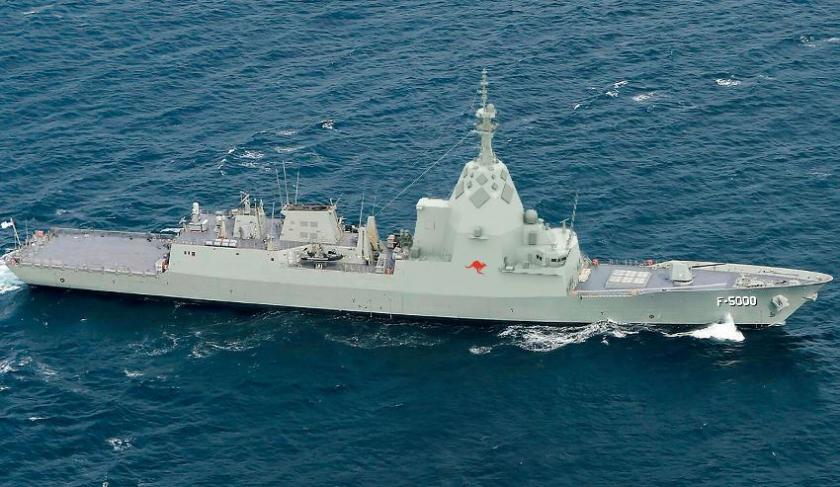One of the international primes vying for the $35 billion Future Frigates Program has labelled industry partnerships as a key element of its bid, as it looks to answer the government’s calls for strong Australian industry content (AIC) and a sovereign shipbuilding industry.
To continue reading the rest of this article, please log in.
Create free account to get unlimited news articles and more!
Navantia Australia board member and former head of the Defence Materiel Organisation (DMO) Warren King talked up the company's bid for the SEA 5000 project at last week's Defence Teaming Centre Annual Dinner and Awards Ceremony, saying its plan will deliver sustainable employment to Australians.
"Navantia Australia has a clear plan to build a sovereign naval shipbuilding capability in Australia," King said.
"If building capability is our focus, the program will provide sustainable employment for people in South Australia and around the country. As Minister Pyne has said, we want shipbuilding to be a ‘job for life’.
"Navantia Australia estimate that our offer for the future frigate will provide over 7,000 South Australian jobs, both in the shipyard and across the supply chain, working with over 200 South Australian companies."
The former DMO boss added that Navatia's experience as the vessel designer on the Air Warfare Destroyer project will aid the SEA 5000 program.
"A shipyard is not an isolated entity, it is the hub of a broad ecosystem. Growing Australian industrial capability is not just about the shipbuilder," King explained.
"To build a sovereign shipbuilding capability you need to have integrated design and build functions working together. I think the worth of that integration of the designer and builder has been proven in the work we have done over the last two years stabilising and drawing to completion the Air Warfare Destroyer program as the shipyard management services contractor.
"Naturally, this has only been achieved in conjunction with the alliance parties – ASC, Raytheon and Defence – and the broader Australian industry.
"We need to take those lessons learnt from the Hobart Class and carry them forward onto future programs."
The company's industry partnerships with local SMEs will also be crucial if it is selected as the successful tenderer, according to King.
"Being both a designer and shipbuilder, and working from a mature design which has already been built here means that Navantia Australia already has a unique understanding of the requirements of our vessel, and how Australian industry can contribute," he said.
"Our shipbuilding model is focused on partnerships. Already we have shown this in our work in Australia to date. For instance, we have a joint venture with SAGE Automation here in South Australia, and we have worked with and mentored a range of SMEs here and around the country to prepare them to work on shipbuilding programs.
"Our promise to Australian industry is not just that you will be able to win work with us on the future frigates, but you will grow. We will work with you to grow your capability, grow your business and grow the skills of your employees."
Navantia is competing against Italy's Fincantieri and the UK's BAE Systems for the design, build and sustainment of the nine new anti-submarine warfare frigates to replace Australia's Anzac frigate fleet.
A decision on the successful tenderer is expected by April next year.

 Login
Login







